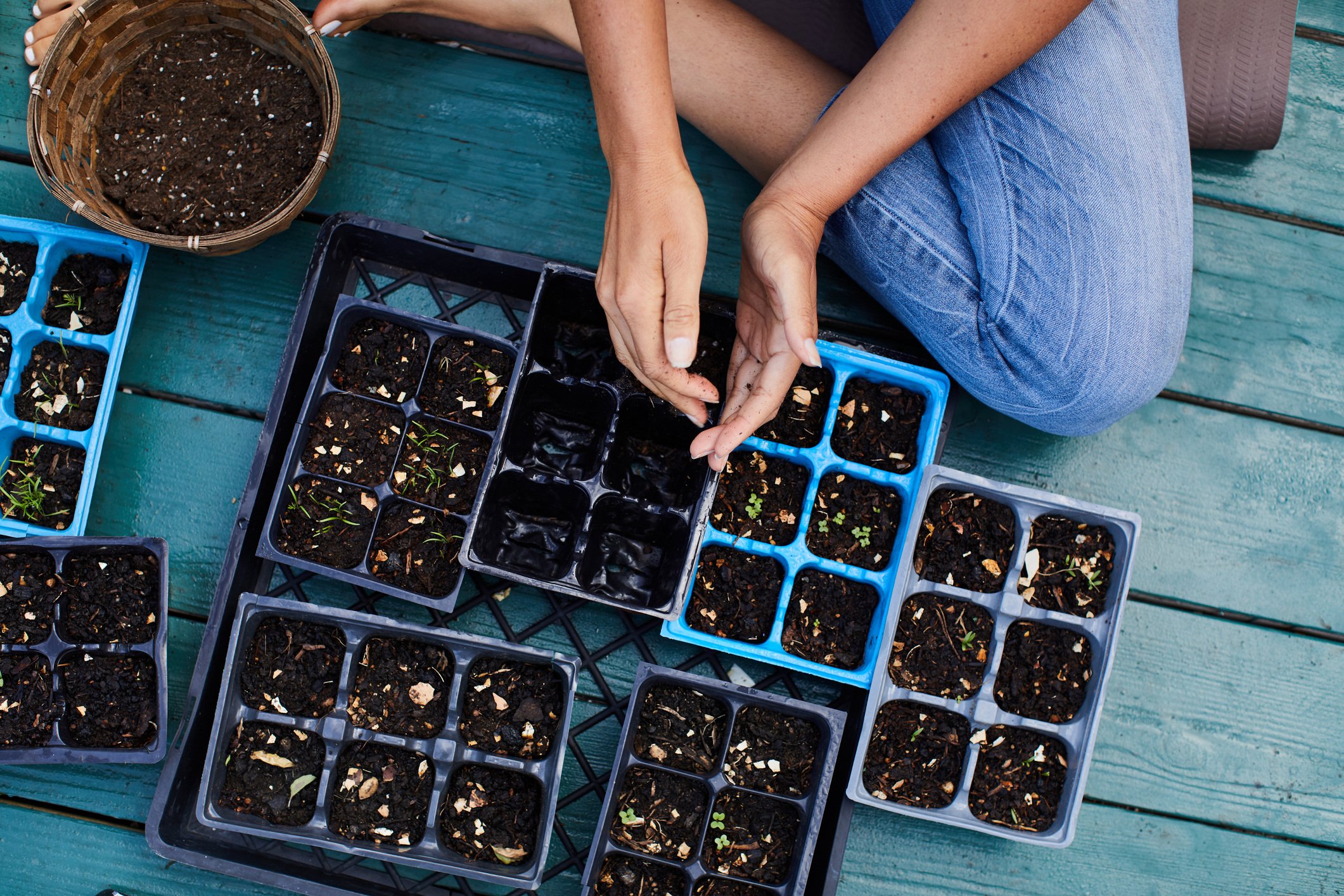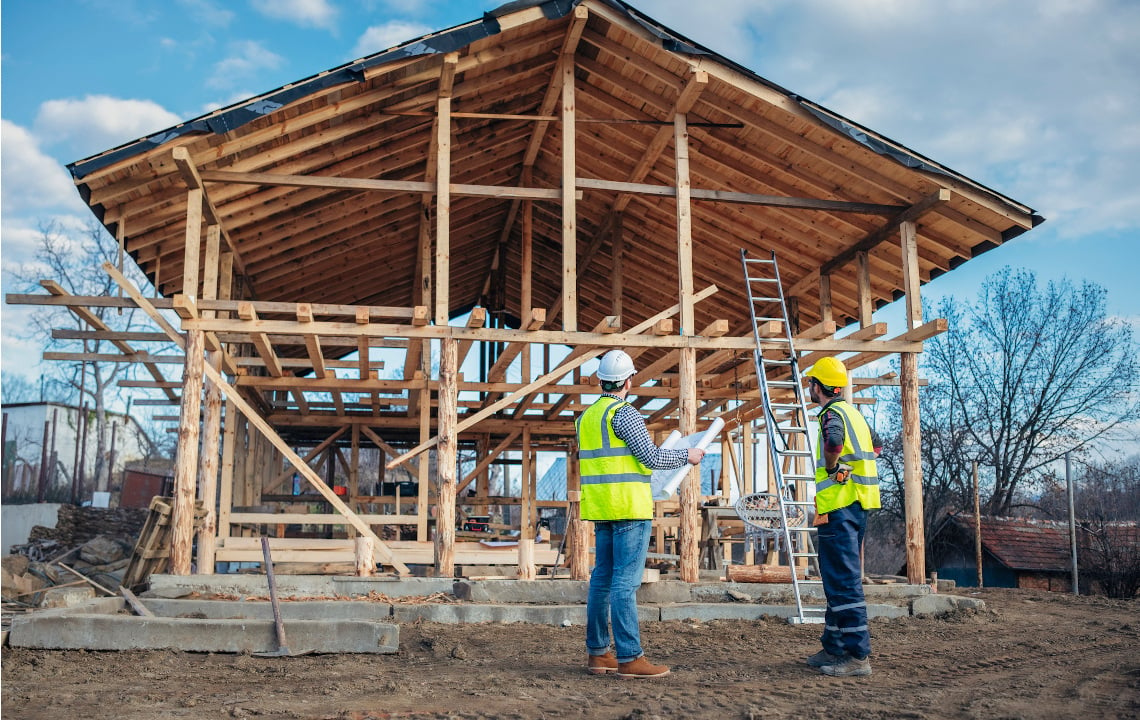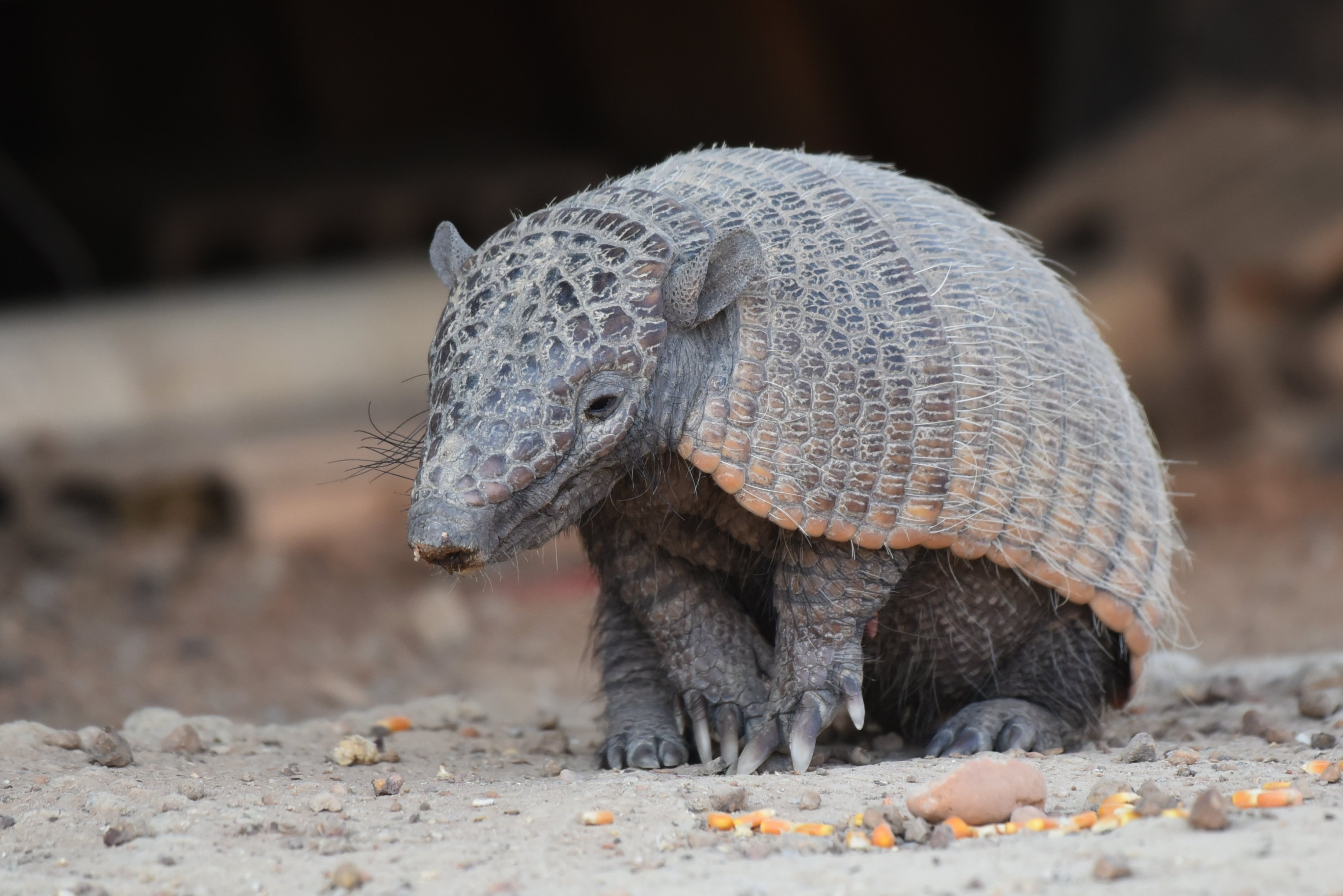Raising game birds is a demanding process, but has it’s rewards in the form of nutrition, financial benefits or in support of the shooting sports. Hunters can benefit by having birds such as quail and pheasants readily available for training bird dogs. Birds may be sold to sportsmen for dog training, to shooting preserves for hunting purposes and even to individuals who desire a few birds for the table.
Equipment Needs
As in any venture, there are certain requirements to be met to accomplish the goal. The equipment requirements for raising game birds changes rapidly as the birds cycle through the different stages of development.
These instructions refer specifically to Bobwhite quail production, but may also apply generally to Coturnix quail, Chukars, and Pheasants.
Incubator
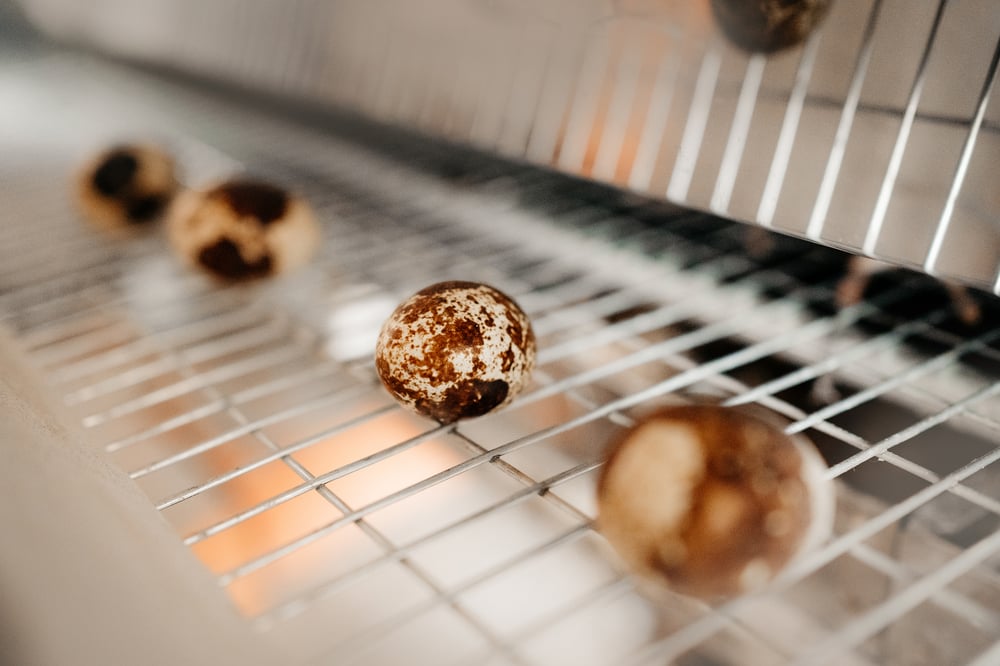
An incubator is required to hatch chicks. It must have adequate temperature controls and the ability to turn the eggs twice daily. If it cannot accomplish turning the eggs, you must do so by hand. When I raised game birds, I started with a home-made incubator made with two light bulbs and a wafer switch that controlled the temperature. The bulbs provided the heat and the wafer switch regulated the temperature. Eggs were marked with an “X” on one side and hand turned twice daily. Two bulbs were used so that if one burned out, the other would suffice until replacement of the failed bulb was accomplished.
After the initial venture, a commercial incubator that would hold 2,000 eggs was purchased, but the success rate was slightly less than the original home-made incubator. It did save on labor and proved valuable for a larger operation. The temperature in the incubator was 103ºF for the home-made incubator (still air), and 100ºF for the commercial incubator (circulating air).
Brooders
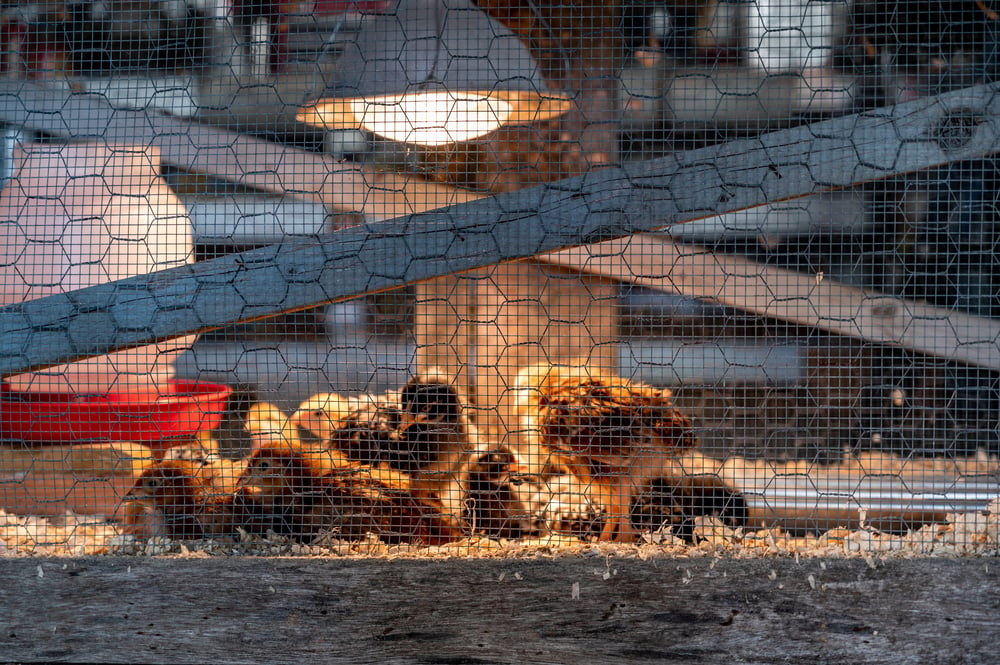
Brooders for hobby growers may be as simple as using light bulbs with huge reflectors to provide heat. The chicks are very susceptible to cold and will perish if not provided needed warmth. Commercial brooders provide regulated heat. They must be kept clean and water should be provided in a manner that will not allow chicks to get wet or drown. If the temperature is not warm enough, the chicks will crowd together and suffocate. Brooders should be located inside a building to make temperature control easier.
Brooding Temperatures
- Week one: 100ºF
- Week two - 95ºF
- Week three - 90ºF
- Week four - 85ºF
- Week five - 80ºF
Remove from brooder and chicks will adapt to ambient temperatures unless it is abnormally cold. If moved to an outside pen, a few light bulbs with reflectors will provide adequate for chilled chicks to huddle under for needed warmth.
Grow-Out Pens
After the chicks leave the brooders, they may be housed in outside pens with wire floors. The wire floors are necessary to assure the health of the birds. They allow droppings to fall through the wire and not accumulate on the floor.
These pens should be located away from high traffic areas to avoid disturbance of birds. It is advisable to have fencing around the grow-out pens so that dogs or other animals cannot spook the birds, as they can injure themselves by flying against the roof of the pens. Pens should have low ceilings to restrict injury to startled birds flying upwards to escape the disturbance.
If quail are being grown for food, they should reach maturity in approximately 16 weeks. If they are destined for training bird dogs, for sale to hunting preserves or to stock your own property, they should be moved to a flight pen at least a month before release.
Flight Pens
The flight pen is an area where the bird has more freedom and simulates conditions that it will experience in the wild. It allows the bird to exercise and gain normal flight characteristics. It is entirely enclosed with wire, but cloth or burlap under the top wire can help to avoid injury to the flying birds if they fly into the top of the pen.
General Information and Trouble Shooting
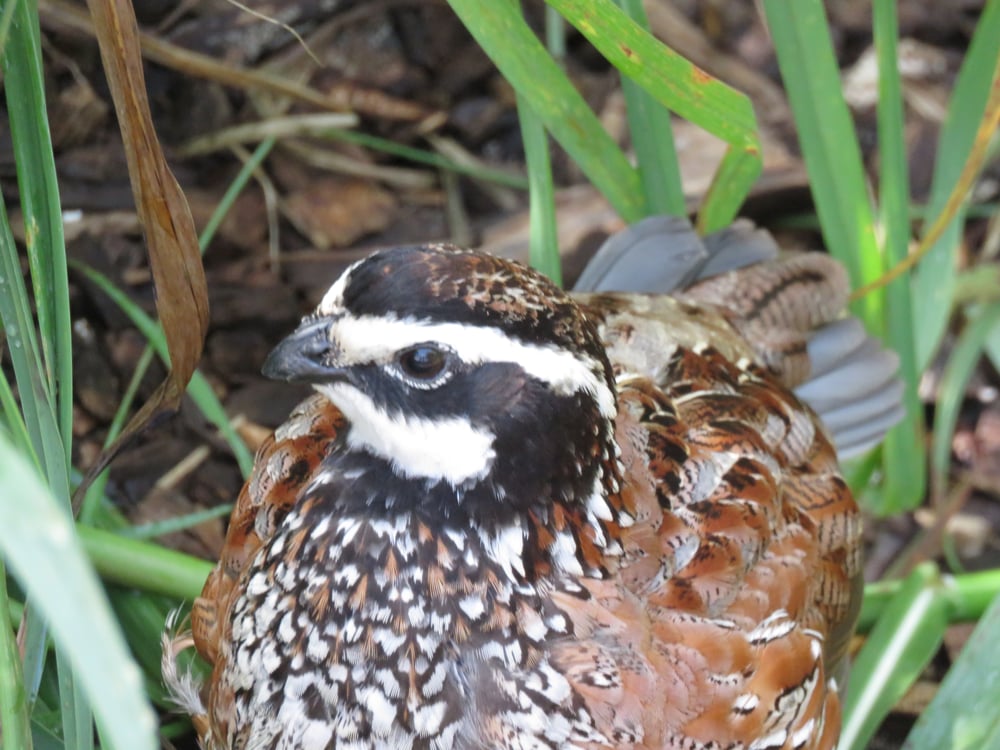
Before starting a program of raising game birds, check on the regulations from the state wildlife agency. A special license may be required. It's also a good idea to check zoning laws in your city, town or county, and definitely check HOA regulations if you live in a neighborhood.
Special food is required for game birds that is high in protein and is readily available from reputable animal food suppliers.
Be alert for signs of cannibalism. Game birds that are confined (as well as domestic birds) may peck each other and this can often be solved by providing more space, which usually tones down aggression. If that doesn’t work you may need to consider beak trimming. This involves the use of a hot wire device that removes the sharp point of the beak and makes it less possible for the birds to harm each other. This is somewhat controversial because we don’t really know how much pain it causes the birds. However, it’s a lot better than being constantly pecked to the point of bleeding, severe injury or death (no one said this venture was for the faint of heart!).
Eggs for incubation may be available from other growers. These may often be found in state publish marker bulletins. Once you set up your operation, you may decide to purchase or build some layer cages. One or two hens can be placed in a cubicle with a cock bird. The bottom of the cage should be sloped so that when the hen lays an egg, the egg will roll out against a lip of the wire and not be broken by the activity of the birds in the laying cage.
The fertilized eggs may be kept for several days prior to incubation, as they will not begin the development stage until heat is applied in the incubator.
These instructions refer specifically to Bobwhite quail production, but may also apply generally to Coturnix quail, Chukars and Pheasants.
My experience was limited to approximately 800 quail per summer. In addition, I had Chukars and Ringneck pheasants. It was demanding, but was a very satisfying experience.


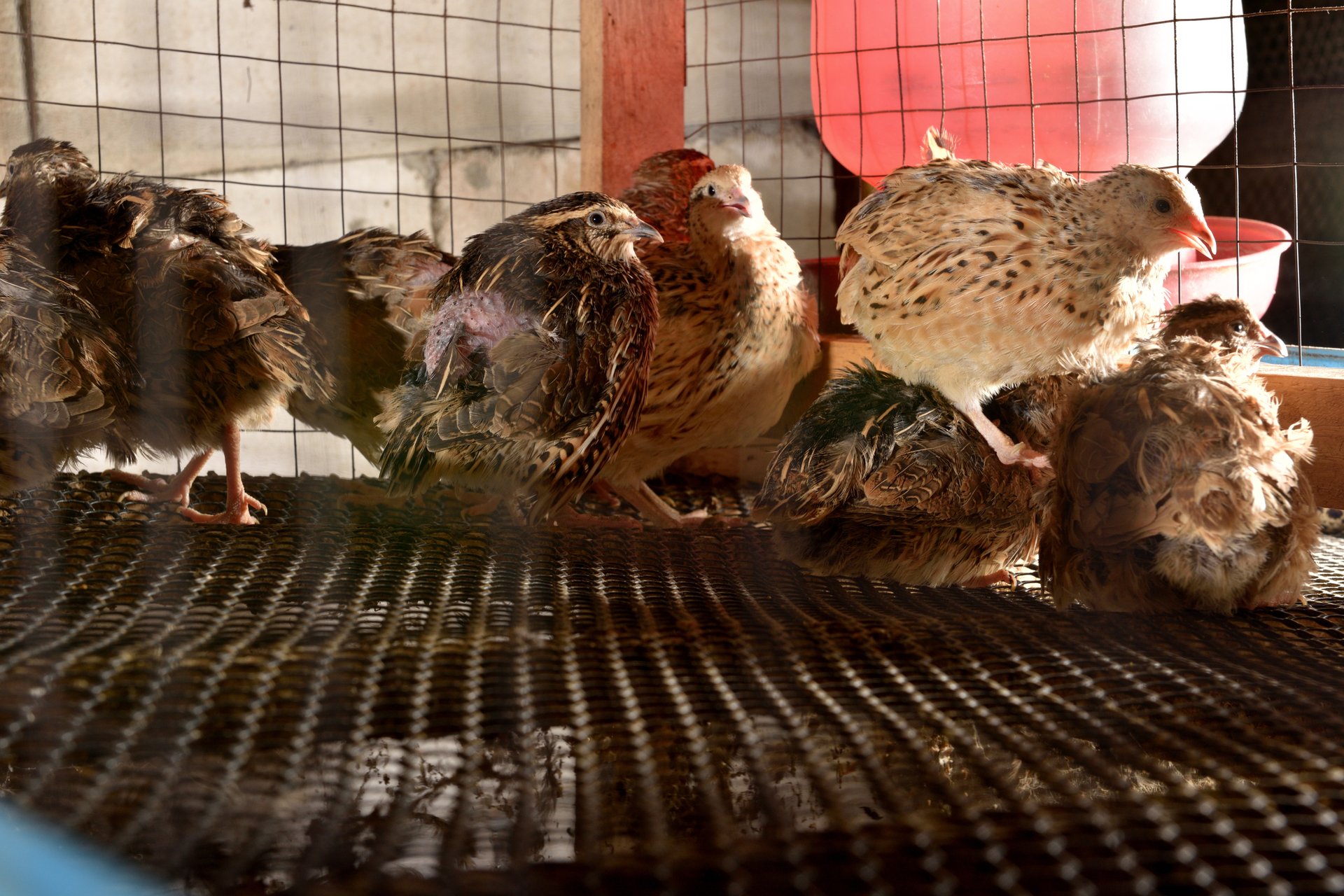
.jpg)
